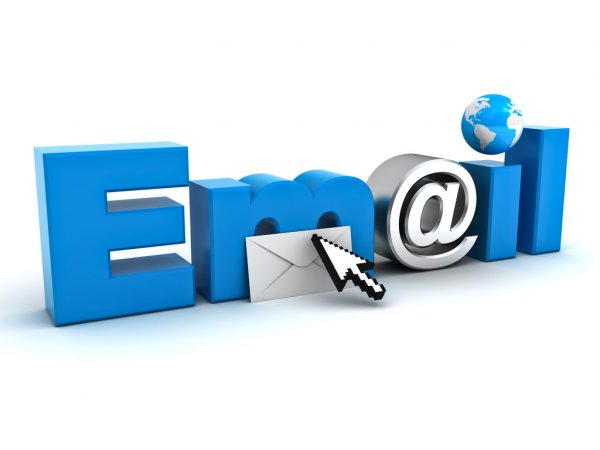
Email marketing is one of the most powerful marketing methods available in the industry. An email marketing campaign requires time, strategy, and testing. To maximize the effectiveness of your email marketing campaigns, you need to understand the fundamentals of a good email marketing campaign.
1. They have great subject lines
The title is what draws an email recipient in and compels them to read the rest of your message. You may entice customers to open your emails using promises, praises, surprise facts, humor, and a variety of other strategies.
It’s prudent to create many headlines for each email so that you have a list from which to choose. If you like several, you can conduct an A/B test to see which is the most effective. With this data at your disposal, you can create more effective email headlines in the future.
2. They’re compelling and easy to read
Once you’ve persuaded your readers to open an email, the body text must maintain their interest. Spend time on the email copy and write in an easy-to-read conversational tone. Additionally, by including a few photographs, you can improve the overall look of your email.
Checking the click-through rate to your website is an excellent approach to determine the success of your email’s body copy. If receivers open your emails, this indicates that your title is effective. However, if they are not clicking, they have exited the sales funnel while reading. By experimenting with different types of body copy, you can determine what works best to keep clients interested.
3. They’re relevant
If you want customers to open and read your emails, they must be relevant to them. This is most effectively accomplished by tracking individual clients as they navigate across your website, allowing you to observe what they read and do. Based on that data, you can construct emails that are automatically sent to clients who have specific interests on your site.
Additionally, you may use demographic data from Google or other sources to determine a user’s probable age, gender, and location, which can assist you in targeting customers. Essentially, you want to make the best use of the information that is available to you, as otherwise, your emails would be labelled as spam and discarded.
4. They have goals
If you send an email, it must be purposeful. If you don’t have a purpose for it, it won’t function for any customer. However, if you understand what you want customers to do, it will show.
You may use emails to advertise products, announce sales, announce future events, and give coupons to your loyal customers, and they are much more likely to appreciate emails that focus on those criteria than emails that are sent randomly.
5. They’re sent at the right times
This is a particularly challenging aspect of efficient email advertising, and the exact data you utilize may vary depending on the source.
Because the majority of individuals do not check their emails on Saturdays and Sundays, the weekdays are the best times to send emails. With this in mind, you can experiment with your initial email blasts to determine whether they are more frequently opened in the morning, afternoon, or evening – and then pinpoint certain periods.
The more you test and measure recipient interactions with your emails, the more likely recipients will open them and even click through to your website.
6. They’re compatible with mobile devices
Today, mobile compatibility is critical for websites and email. If you’re sending an email utilizing templates, those templates must automatically change to different-sized devices. If they do not, a sizable chunk of your recipients — often as many as 50% — will be unable to read what you sent.
To address this, ensure that your email, themes, graphics, and content are all responsive to a wide variety of screen widths. Your message must adapt to the medium through which your customer communicates, or you risk alienating a sizable segment of your target market. And when customers are isolated, they are practically certain to depart.